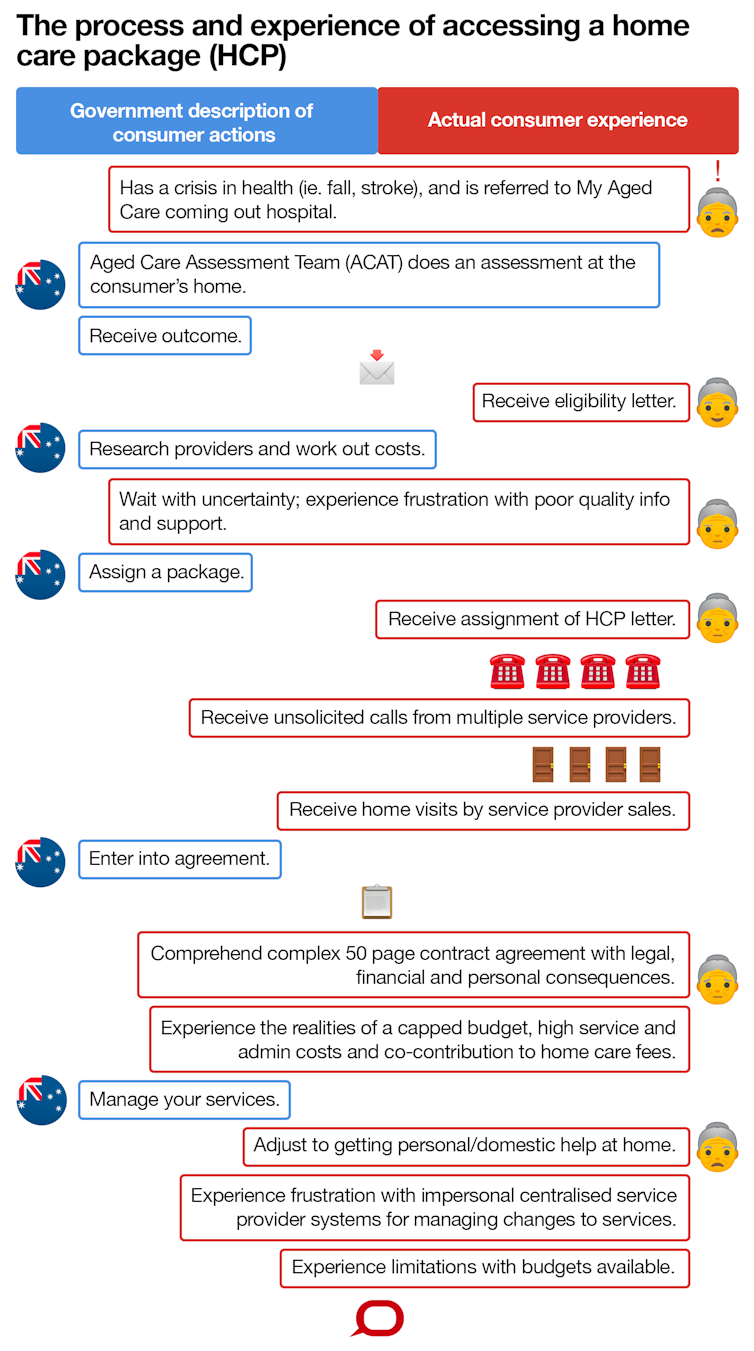Read the latest articles relevant to your clinical practice, including exclusive insights from Healthed surveys and polls.
By reading selected clinical articles, you earn CPD in the Educational Activities (EA) category whenever you click the “Claim CPD” button and follow the prompts.


- Ana Ramírez, PhD candidate, James Cook University; Andrew Francis van den Hurk, Medical Entomologist, The University of Queensland; Cameron Webb, Clinical Lecturer and Principal Hospital Scientist, University of Sydney, and Scott Ritchie, Professorial Research Fellow, James Cook University
This article is republished from The Conversation under a Creative Commons license. Read the original article.Sanjaya Senanayake, Associate Professor of Medicine, Infectious Diseases Physician, Australian National University
This article is republished from The Conversation under a Creative Commons license. Read the original article.